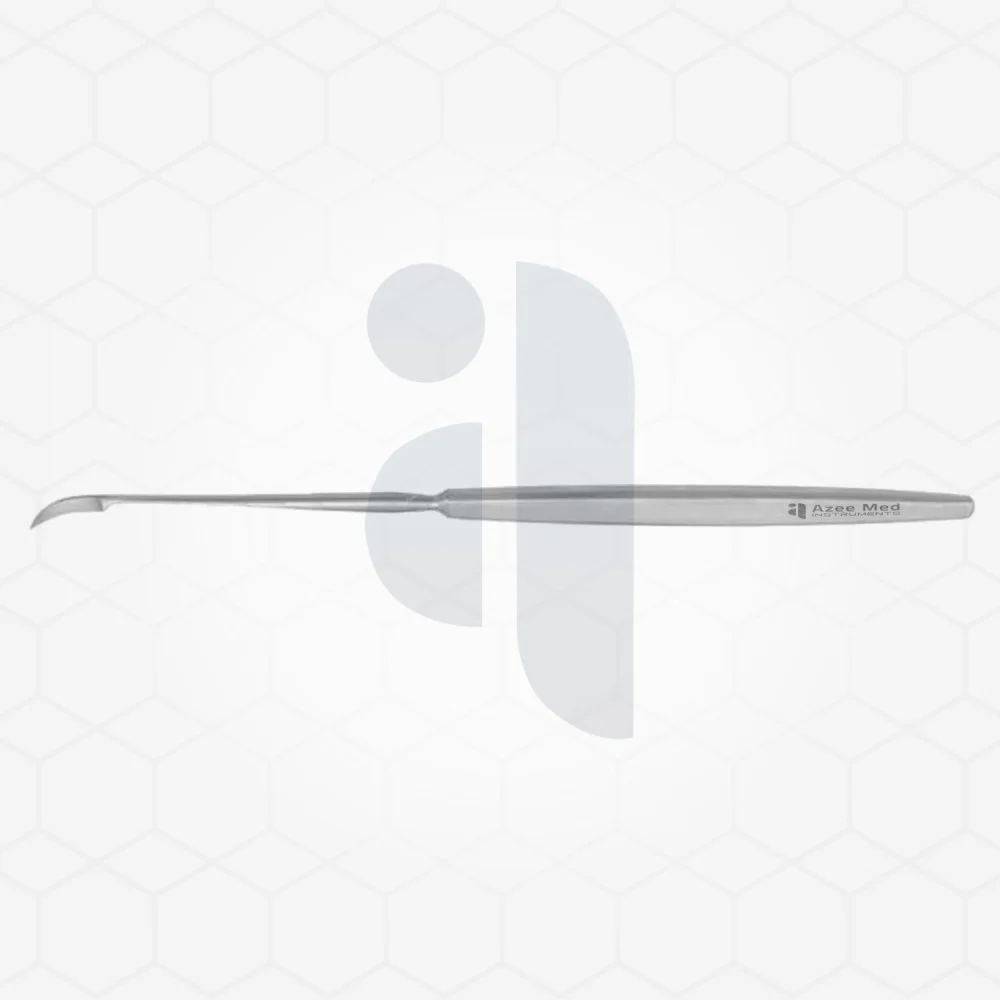Ear, Nose, and Throat (ENT) tools play an essential role in diagnosing and treating conditions that affect some of the body’s most delicate and interconnected systems. Healthcare providers rely on these specialized instruments to deliver accurate diagnoses and effective treatments for a wide range of ENT issues. From common symptoms like sinus infections to complex surgical procedures, ENT tools are indispensable in modern medicine.
What Are ENT Tools?
ENT tools are specialized medical instruments tailored for examining and treating the ears, nose, throat, and related structures of the head and neck. Doctors trained in otolaryngology use these tools to evaluate conditions ranging from hearing loss and nasal blockages to vocal cord disorders. The design of these instruments allows for precise exploration of areas that are often hard to access, ensuring patient comfort and accurate results.
These tools often include devices for endoscopy, which provide a clear view of internal structures, diagnostic aids such as otoscopes for ear inspections, and surgical instruments used in delicate operations. ENT tools serves a specific purpose, making it easier for physicians to handle the intricate nature of ENT-related issues.
The Importance of ENT Tools in Diagnosis
ENT tools are essential for early and accurate diagnoses. For example, an otoscope is commonly used to examine the ear canal and eardrum, allowing physicians to detect infections, blockages, or other abnormalities. Nasal speculums and endoscopes provide a closer look at nasal passages, helping doctors identify sinus problems, polyps, or structural deformities.
Similarly, laryngoscopes are crucial for throat examinations, particularly when assessing vocal cord function or detecting signs of throat cancer. By using these tools, healthcare professionals can pinpoint problems efficiently, enabling timely treatment that prevents conditions from worsening. The precision and versatility of these instruments make them invaluable in detecting even subtler conditions.
The Role of ENT Tools During Surgical Procedures
When it comes to surgical interventions, ENT tools are vital for ensuring safe and successful outcomes. Many procedures, such as septoplasty, tonsillectomy, or cochlear implant surgeries, require tools designed for the intricate anatomy of the ENT areas. Instruments like microdebriders help reshape and remove tissues with great accuracy, while ear picks and forceps aid in delicate tissue handling.
Endoscopic tools have revolutionized ENT surgery by offering minimally invasive approaches. With smaller incisions and enhanced visualization of target areas, these tools reduce recovery times and improve patient outcomes. The integration of modern technologies, such as high-definition cameras and robotic assistance, is further enhancing precision while setting new standards in patient care.
How ENT Tools Contribute to Patient Comfort
Besides their clinical importance, ENT tools are also designed to maximize patient comfort. Modern instruments are crafted with ergonomic designs, ensuring minimal discomfort during examinations and procedures. For instance, soft-tipped nasal speculums and flexible fiber-optic endoscopes reduce the strain patients might feel. Additionally, the use of non-invasive tools like audiometers for hearing tests ensures that diagnostics are conducted without causing pain or distress.
Patient experience remains a top priority, and advancements in ENT tools continue to reflect this focus. By minimizing pain and improving safety, these innovations are helping to build trust between patients and healthcare providers.
The Future of ENT Tools in Medicine
The field of ENT tools is evolving rapidly, with cutting-edge technologies paving the way for more efficient and precise care. Innovations such as AI-powered diagnostic tools, smart sensors for real-time monitoring, and robotic-assisted surgical devices are redefining how ENT conditions are managed. These advancements not only improve accuracy but also contribute to faster recovery and reduced risks during procedures.
Smaller, more portable diagnostic tools are also becoming widely available, allowing for greater accessibility to quality healthcare. These developments ensure that ENT specialists can continue to provide exceptional care while adapting to the changing needs of modern medicine.
Conclusion
ENT tools are the backbone of otolaryngology, offering physicians the ability to provide accurate diagnoses, minimally invasive treatments, and superior patient care. Their significance spans from routine check-ups to complex surgical procedures, ensuring the well-being of countless patients. With ongoing advancements in technology, ENT tools will only become more sophisticated, empowering medical professionals to deliver even better outcomes. Their role in healthcare is invaluable, providing solutions that enhance both the quality of care and the comfort of patients.












